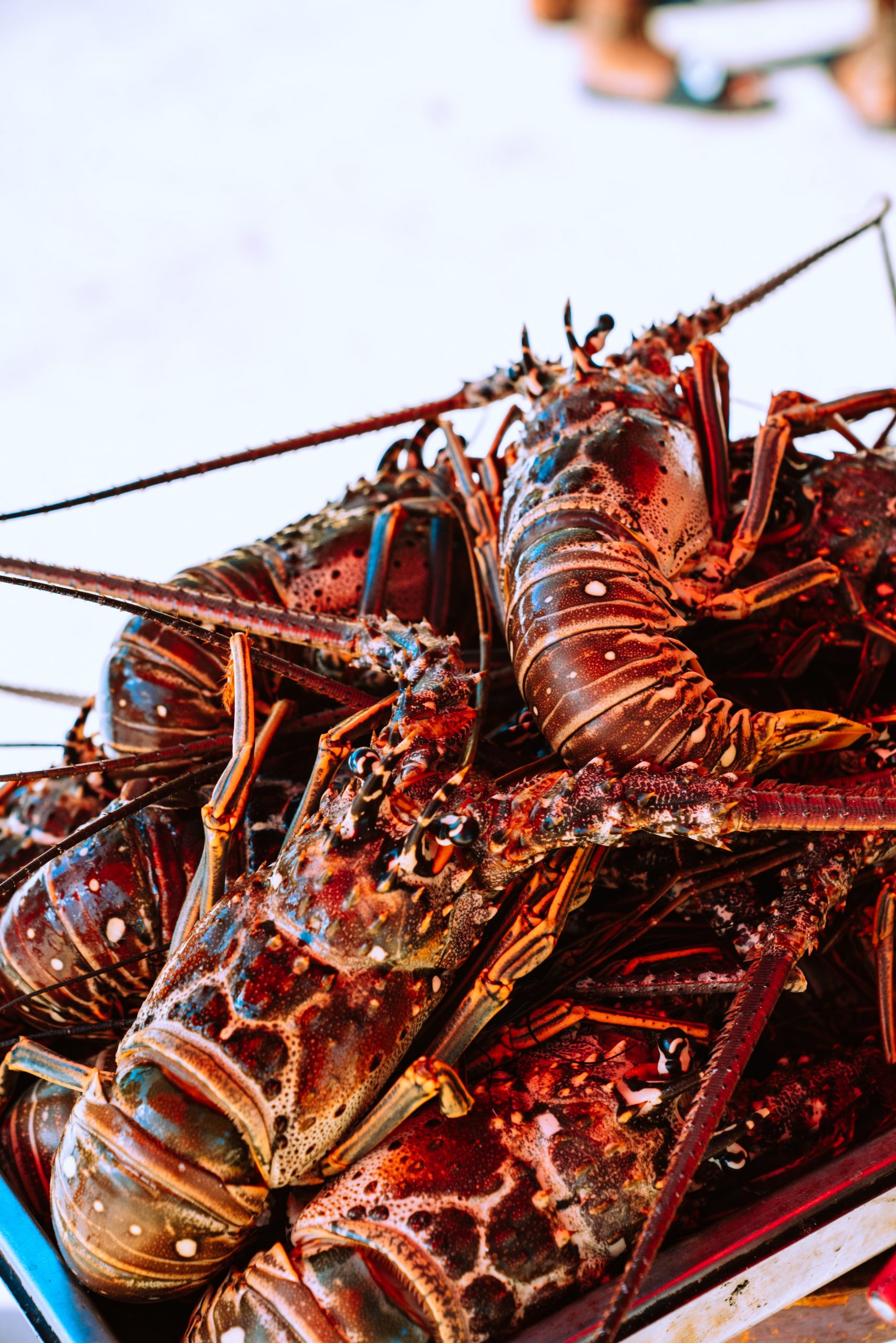The paper:
Laloë, J.-O., Esteban, N., Berkel, J., & Hays, G. C. (2016). Sand temperatures for nesting sea turtles in the Caribbean: Implications for hatchling sex ratios in the face of climate change. Journal of Experimental Marine Biology and Ecology, 474, 92–99. doi:10.1016/j.jembe.2015.09.015
Introduction
Sea turtles are some of the most charismatic sea creatures; even marine mammals and invertebrate enthusiasts can’t help but be curious about these fascinating reptiles. Unfortunately, six out of seven species of sea turtle are labeled vulnerable or critically endangered. Climate change threatens to disrupt sea turtle populations further in a variety of ways by changing movement patterns and egg hatching success.
Many species will suffer by climate change induced changes to habitat, but sea turtles have an added layer of complexity due to their typical reptile characteristic of temperature-dependent sex determination. This means that the temperature of the eggs determines if the adorable baby turtles will be male or female (higher temperature leads to more females). For a species that is in decline, an unnatural skew of the sexes could spell disaster. Because sea turtles climb onto beaches to lay eggs in the sand, as average sand temperature rises with climate, the sex of embryos may change.

Motivated by sea turtle conservation, the researchers set out to quantify how warming temperatures will impact the sex ratio of future generations of turtles. The study focused on the green (Chelonia mydas), hawksbill (Eretmochelys imbricata), and leatherback (Dermochelys coriacea) sea turtles nesting in the North East Caribbean.
Methods
Field data used for this paper came from a turtle monitoring program active since 2002 on the island of St. Eustatius (Figure 1). Historical environmental variables were used including rainfall, tide, air temperature, and sea temperature. Projections of temperature change came from the United Nations Development Programme (UNDP).
Loggers were buried at depths to imitate nest placement each species of sea turtle, and recorded sand temperature hourly. Based on previous literature, a temperature of 29° C was chosen as the tipping point at which an egg will develop into a male or female.
Results and Significance
Sand temperature showed seasonal variation, unsurprisingly increasing over the spring and summer to peak in July, August, and September. The greater depths consistently showed lower temperatures with the greatest range in the hottest months. There was a strong relationship between higher air temperatures and higher sand temperatures, implying air temperature can be used to predict the change in temperature that buried eggs may experience (Fig 2.).
Mean temperature was higher than 29° C for every month of the nesting season. Historical sex ratios were estimated based on the temperature data. During the hottest part of the year, females made up over 90% of the nests, compared to 40% in February (Figure 3). Projecting the model into the future showed the incubation temperature of sea turtle nests will increase with means well over the sex determination threshold over the next 50 years.


Though this nesting site (and sea turtle populations at large) historically shows a female bias in summer, the increase in sand temperature will push the sex ratio towards favoring females. To a certain extent, more females can be adaptive; males mate with multiple females, and females only need to mate once to produce multiple nests. However, as temperatures rise and stay higher for longer parts of the year, the bias toward an excess of females may not be sustainable. Studies such as this one show the importance of protecting nesting habitats, and perhaps particularly ones in colder climates with a tendency toward more males.
I am a doctoral candidate in Ecology and Evolutionary Biology at Tulane University. My research focuses on the larval dispersal and development of the blue crab in the Gulf of Mexico.
When not concerning myself with the plight of tiny crustaceans I can be found enjoying life in New Orleans with all the costumes, food, and music that entails.


One thought on “As the Caribbean sand heats up female sea turtles rule the beach”